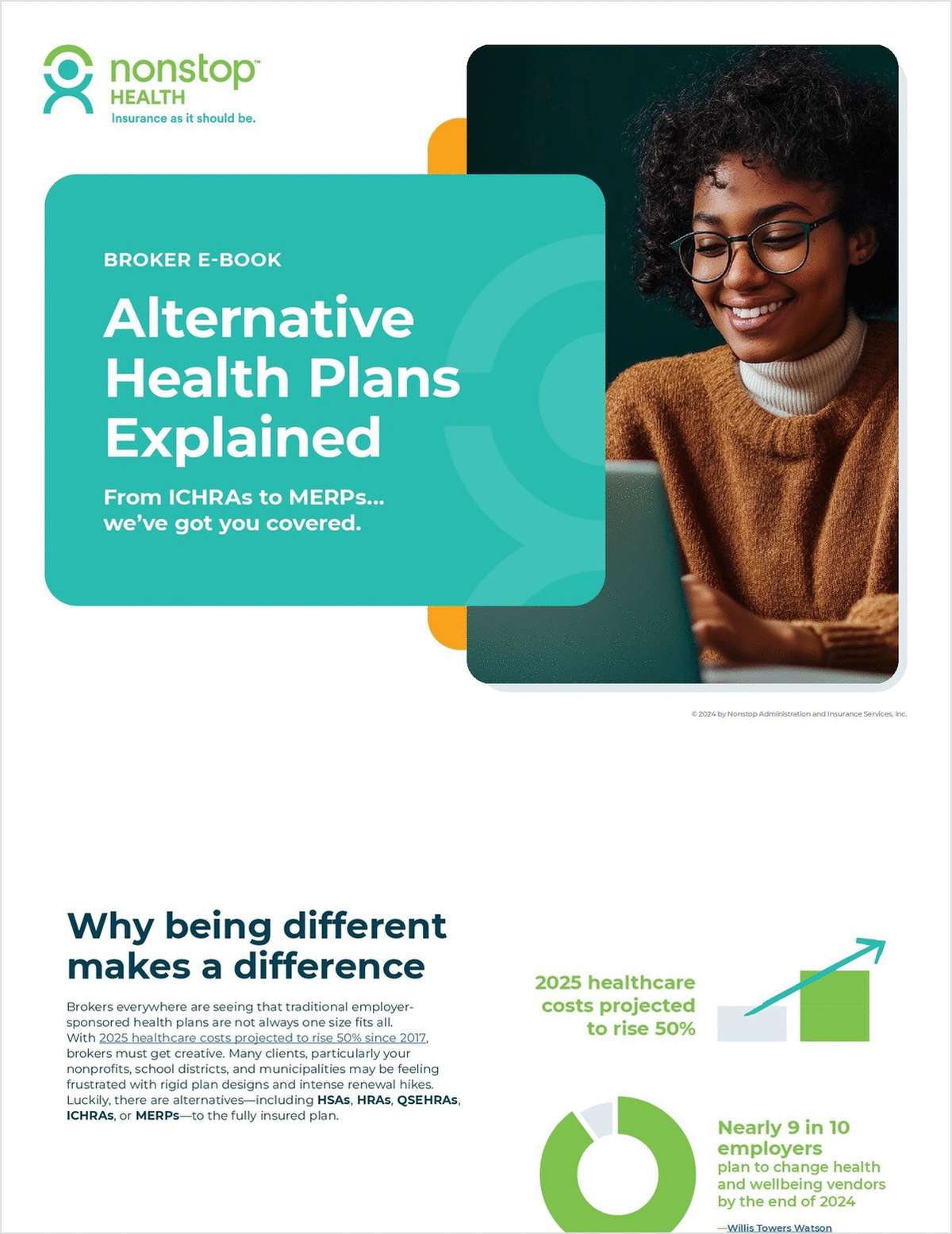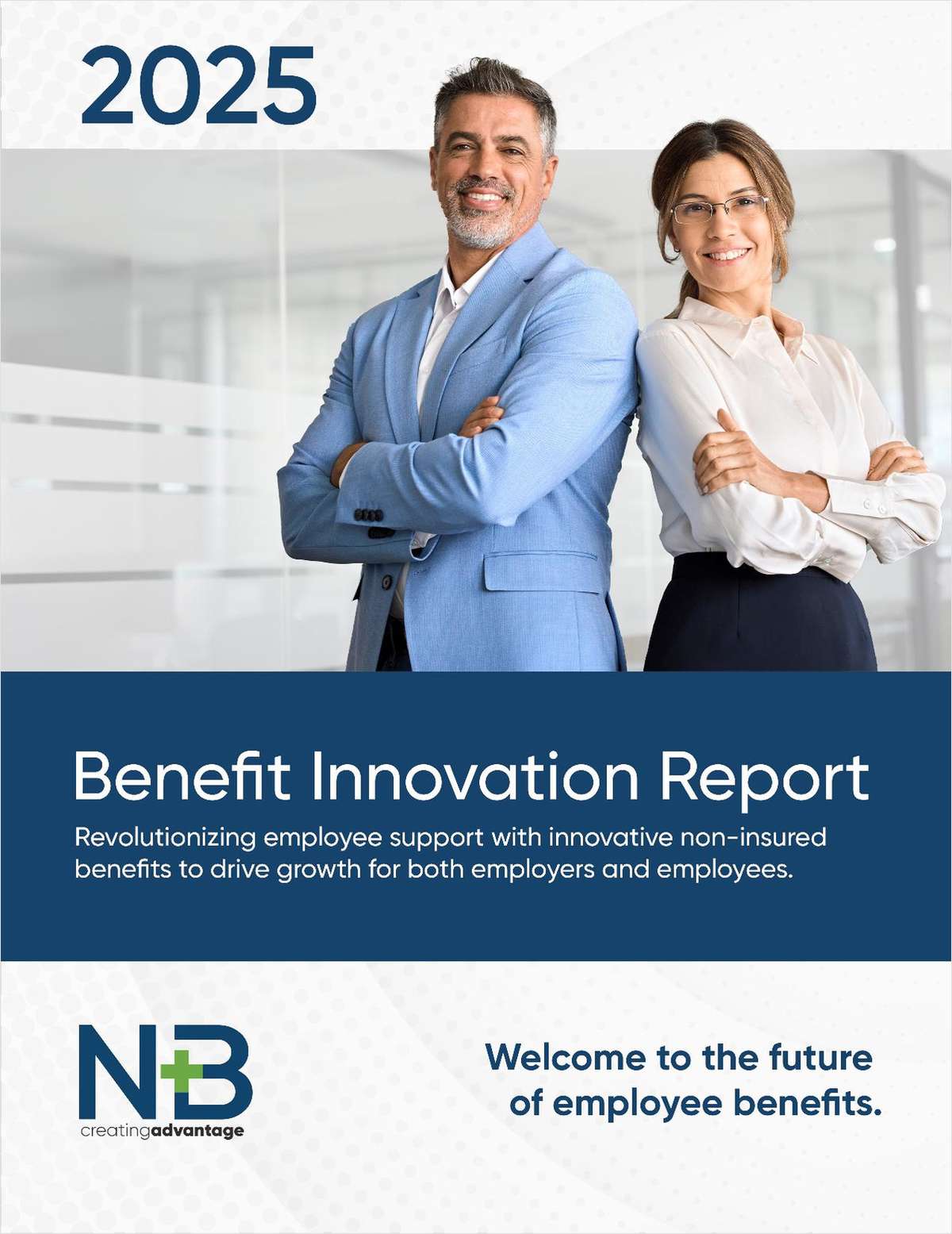 To avoid potentially costly and time-consuming issues, it is imperative for employers to carefully consider compliance, document the reasonableness of incentive choices and lean on trusted counsel. (Photo: Shutterstock)
To avoid potentially costly and time-consuming issues, it is imperative for employers to carefully consider compliance, document the reasonableness of incentive choices and lean on trusted counsel. (Photo: Shutterstock)
Defining “wellness” for any one person is no simple task, and neither is deciphering a given wellness program's compliance under the law.
In 2016, when the Equal Employment Opportunity Commission (EEOC) released its final regulations defining a “voluntary” program under the Americans with Disabilities Act (ADA), the entire landscape — at least what can be seen on a hazy day — appeared defined. But thanks to AARP's successful challenge to these regulations and the EEOC's recent acknowledgement of the demise of its incentive limitations, employers find themselves back in the “Wild West” of sorts for wellness compliance.
That being said, the uncertainty is not new for employers with wellness programs, and there is now more guidance than before, so let's take a moment to take in the current view.
The current guidance under the Health Insurance Portability & Accountability Act (HIPAA) remains unchanged, so any wellness program integrated with a health plan or otherwise constituting a health plan itself, employers need to assess whether the plan is “purely participatory” or “health contingent.” The health-contingent plans (which condition the award of incentives on accomplishing a health goal) will require additional compliance considerations, including—but not limited to—incentive limitations, reasonable alternative standards (RAS), and notice requirements.
The RAS should be of particular importance because they can be missed most out of the compliance parameters. Often there is an “accidental” program such as a tobacco surcharge, and the employer does not even realize the wellness rules are implicated, or the employer's RAS is another health-contingent parameter that actually necessitates another RAS.
The Department of Labor is actively enforcing compliance in this area, so employers will want to take care.
Additionally, the EEOC's ADA (and Genetic Information Nondiscrimination Act) regulations are still largely in force. This seems to be a common misconception—ranging from a celebration of no rules to a lament for the end of incentivized wellness programs that include disability-related questionnaires (like an average health risk assessment) or medical examinations (including biometric screenings).
The truth is somewhere in the middle.
The ADA's own RAS and notice concepts still apply, along with confidentiality requirements. All that has changed is that the EEOC has declined (again) to tell us at what point an incentive turns a program compulsory. So employers sponsoring wellness programs subject to the ADA have three choices, based on risk tolerance (In truth, there are four options, but charging above the ADA's previous incentive limitations would be excessively risky):
- Run incentives for ADA plans up to the 30 percent cap that existed before. This is the riskiest approach. To take this route, an employer must rely upon HIPAA's similar (though not exactly the same) incentive limitations as indicative of non-compulsory levels. The fact that Judge Bates did not accept this argument in the AARP case advises against this approach, but this case does not have global application. If this path is chosen, it will be imperative to document analysis as to why this incentive preserves voluntariness for your participants.
- Keep the incentives below the previous 30 percent cap but incentivize the program. This approach does have risk because no one knows at what point an incentive takes choice away from participants. However, the incentive is a useful tool to motivate and reward health-conscientious behavior. The wellness incentive limitations stood at 20 percent under the HIPAA regulations for quite some time without much concern, so this could be a relatively safe target. But the most important thing is to carefully assess the overall structure of the program(s) offered, consider the culture and demographics of the employees who may participate, and balance the desire to motivate against the particular tensions of the program to decide on a reasonable incentive. Make sure to document this analysis and reconsider it every time a program changes.
- Not incentivize the program at all. This is the most conservative approach from a compliance perspective but ultimately not required. Before the EEOC's 2016 regulations, employers were incentivizing programs subject to the ADA, and nothing about the AARP case or the EEOC's response to it prohibits incentives.
There's no doubt the wellness compliance landscape has changed a little over this last year, but this is also just the tip of the iceberg. With enforcement heating up, it is imperative for employers to carefully consider compliance, document the reasonableness of incentive choices and lean on trusted counsel when necessary to avoid potentially costly and time-consuming issues.
Read more:
- Wellness apps and employee privacy: What employers need to know
- Employers don't need to compensate for time spent on wellness activities, DOL says
- Bill could open door for genetic testing in wellness programs

Brenna Davenport is a partner at Poyner Spruill LLP in the firm's Charlotte office. She assists closely held and nonprofit entities in a broad spectrum of corporate transactions and health law or health and welfare benefit compliance matters.
Complete your profile to continue reading and get FREE access to BenefitsPRO, part of your ALM digital membership.
Your access to unlimited BenefitsPRO content isn’t changing.
Once you are an ALM digital member, you’ll receive:
- Breaking benefits news and analysis, on-site and via our newsletters and custom alerts
- Educational webcasts, white papers, and ebooks from industry thought leaders
- Critical converage of the property casualty insurance and financial advisory markets on our other ALM sites, PropertyCasualty360 and ThinkAdvisor
Already have an account? Sign In Now
© 2024 ALM Global, LLC, All Rights Reserved. Request academic re-use from www.copyright.com. All other uses, submit a request to [email protected]. For more information visit Asset & Logo Licensing.








